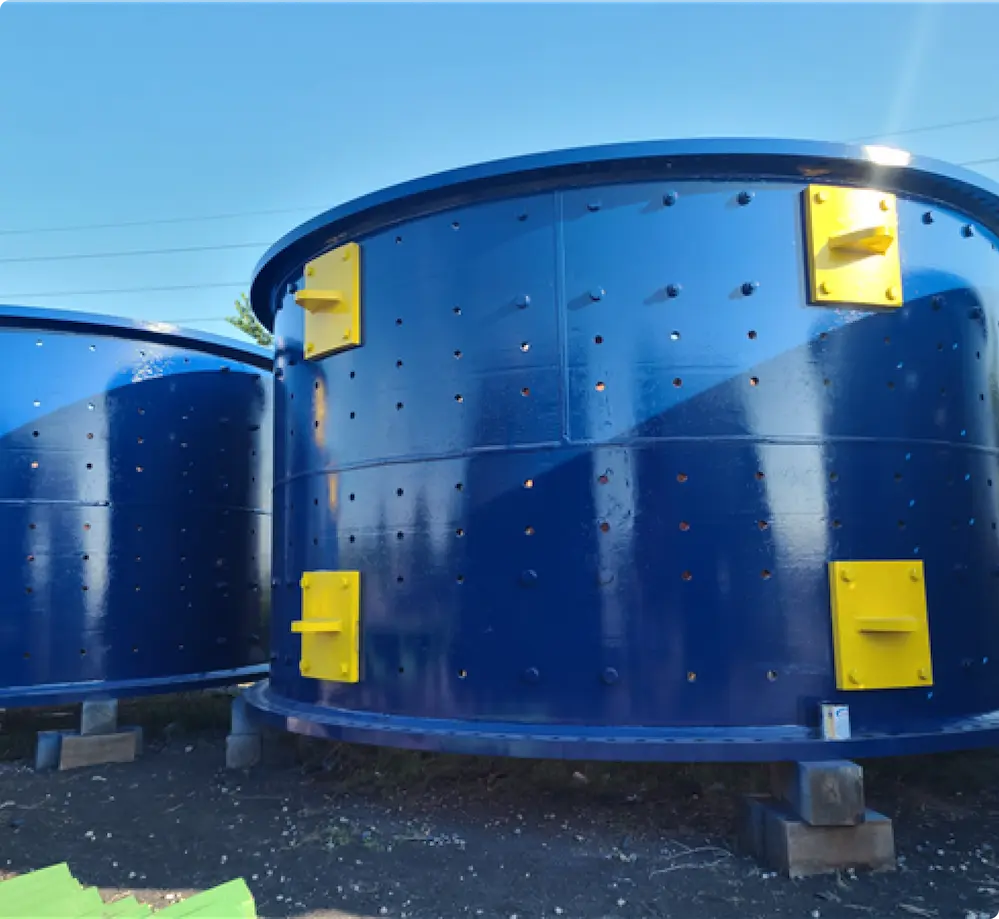Optimize your operations with a wide range of high performance cone crushers designed to crush raw material with consistent crushing force and precise feed size control—delivering reliable secondary and tertiary crushing solutions from trusted brands like Metso, Outotec, Symons, and Kue Ken that lower operating costs in both stationary and mobile applications.
Reliable, Ready-to-Ship Surplus Equipment for Engineers and Mining Professionals
Lower operating costs without sacrificing performance with our high performance surplus cone crushers. Designed for quick ROI, these machines efficiently handle raw material in demanding operations.
Shorten lead times with ready-to-ship cone crushers for secondary and tertiary stages. From stationary setups to mobile cone crushers, get precise feed size control and consistent crushing force—no waiting required.
Backed by Metso, Outotec, Symons, and more, our high quality cone crushers deliver proven durability and efficiency. Count on dependable output and minimized downtime across a wide range of applications.
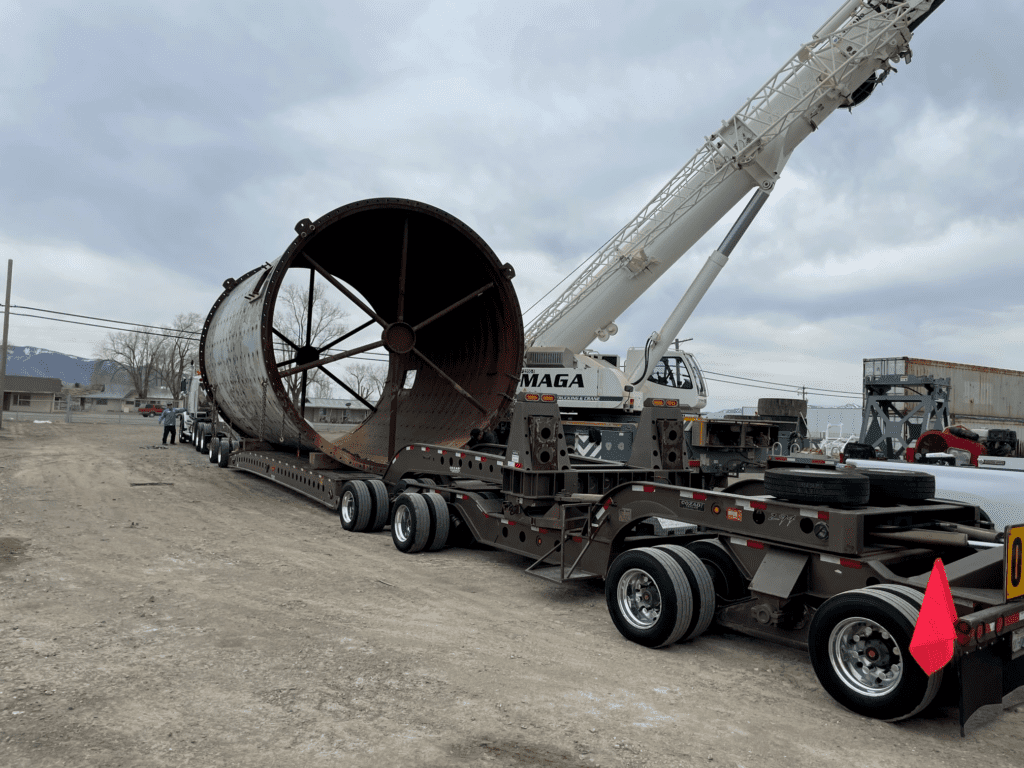
Choose our surplus ball mills to save on upfront costs. These machines have already undergone initial depreciation, offering high-quality grinding equipment at a fraction of the price of new alternatives without sacrificing performance.
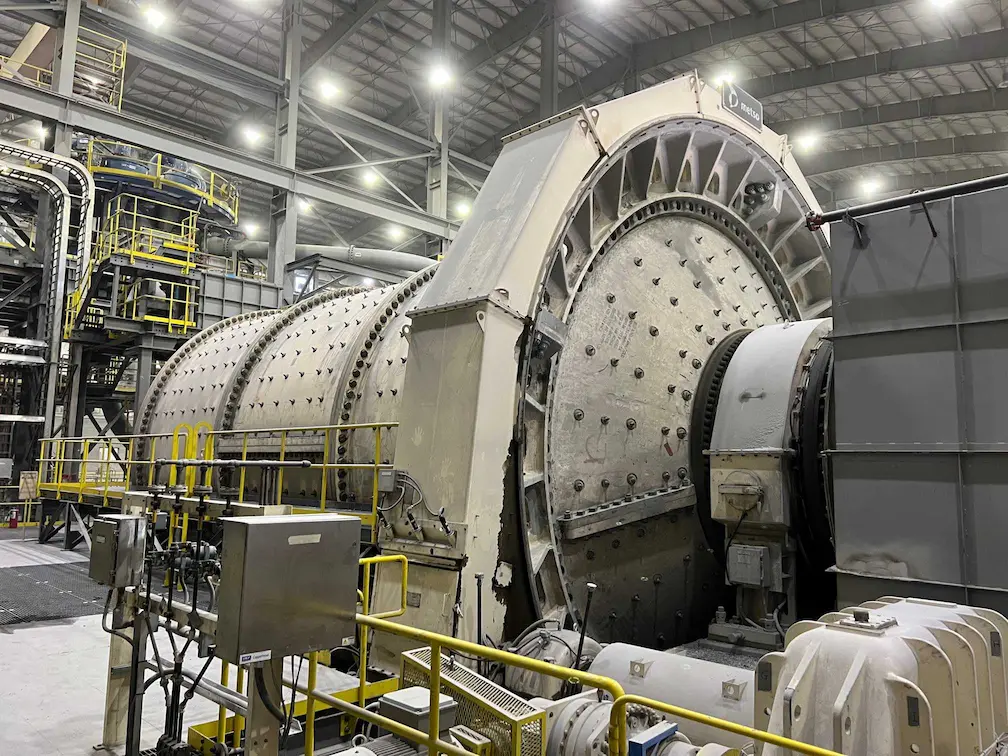
We offer mills from top manufacturers like Metso, Outotec, FLSmidth, Marcy, Hardinge, and Allis Chalmers. Our on-demand stock ensures immediate integration into your mining or processing operations, minimizing lead times and downtime.
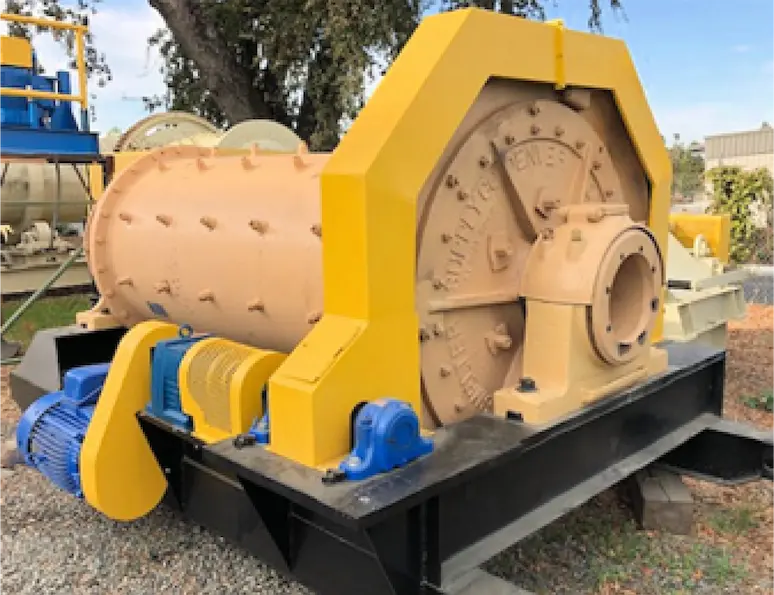
Opt for surplus industrial grinding mills from established OEMs (Original Equipment Manufacturers) like Metso and Outotec for guaranteed compatibility, durability, and reliability. These renowned brands deliver lasting value.

Choose our surplus cone crushers to reduce operating costs without sacrificing performance. Already through initial depreciation, they deliver high quality crushing at a fraction of new equipment costs—minimizing risk and maximizing ROI.

Whether you need stationary or mobile cone crushers, our on-demand stock ensures rapid integration into your mining or processing operations. Stay on schedule with immediate availability and consistent crushing force—ideal for a wide range of feed sizes.

Opt for cone crushers from trusted manufacturers like Metso, Outotec, Symons, and Kue Ken. Benefit from their advanced engineering, ensuring durability, reliability, and high performance in secondary and tertiary crushing.
We frequently stock a wide range of high performance cone crushers from Metso, Outotec, Nordberg, and Symons, each designed for secondary and tertiary crushing. Whether you need a mobile cone crusher for remote sites or a stationary unit for consistent throughput, our inventory delivers precise feed size control and reliable crushing force to efficiently crush material. Have a specific model in mind? Contact us today—our stock changes often to accommodate diverse raw material requirements.
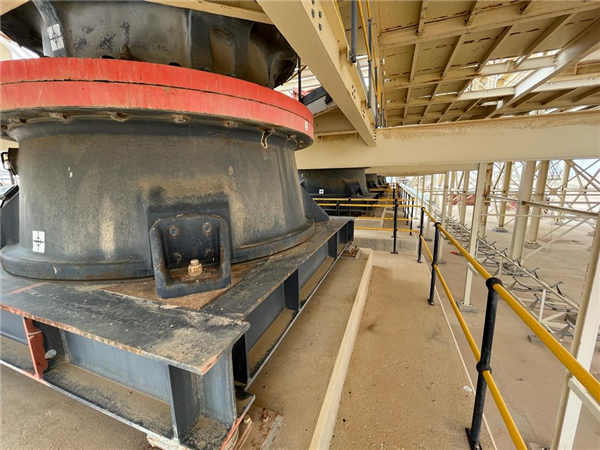
Purchasing from us reduces operating costs while ensuring high quality equipment. All cone crushers are thoroughly inspected to ensure they work as intended, delivering consistent results and proven durability. Surplus equipment means faster deployment, minimal capital outlay, and immediate availability of trusted brands like Metso, Outotec, Nordberg, Symons, and Kue Ken. Let us help you optimize your crushing process with dependable, cost-effective solutions.
If you’re interested in learning more about our current inventory or need details on a specific cone crusher not found in our inventory, don’t hesitate to contact us. Our team is ready to assist you with fast quotes and expert advice. Let us help you get the crushing equipment you need to optimize your operations and reduce costs.
